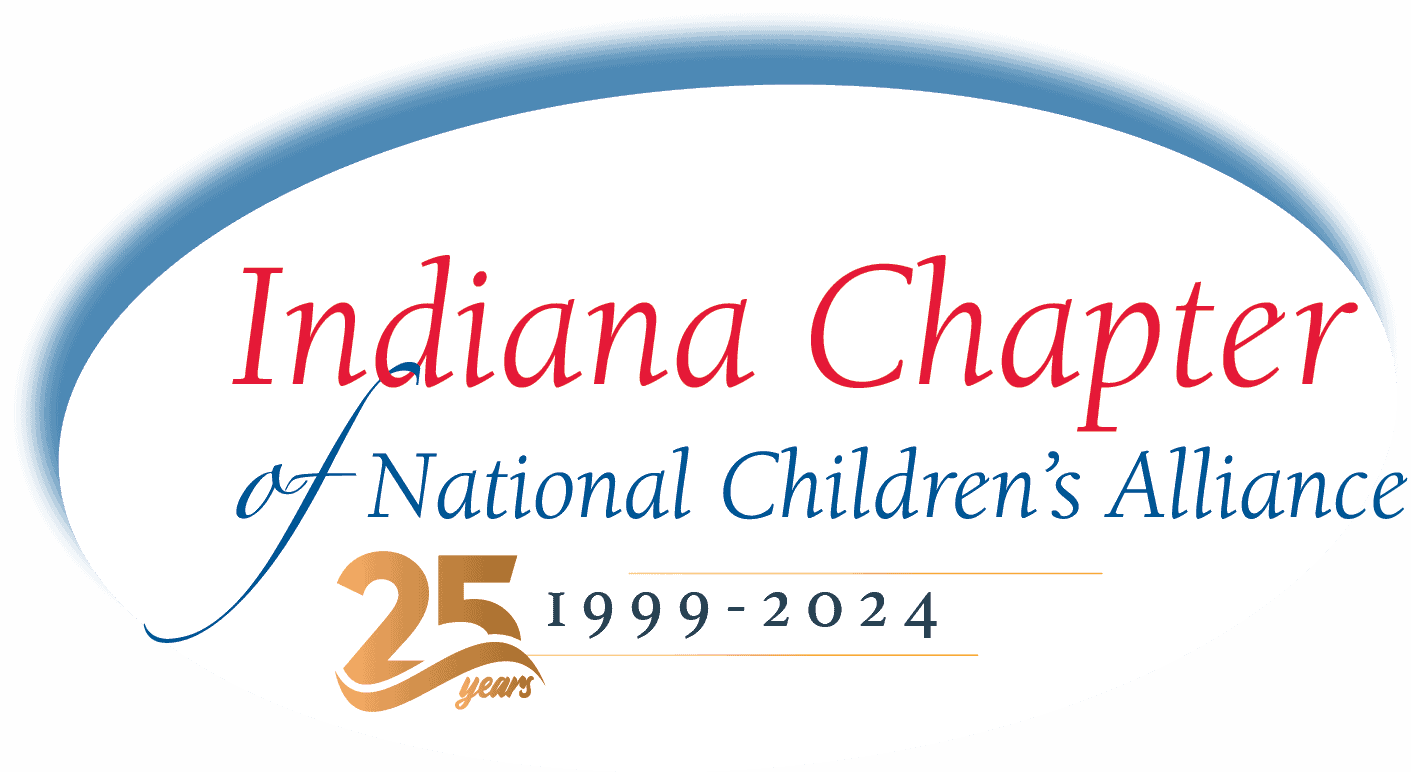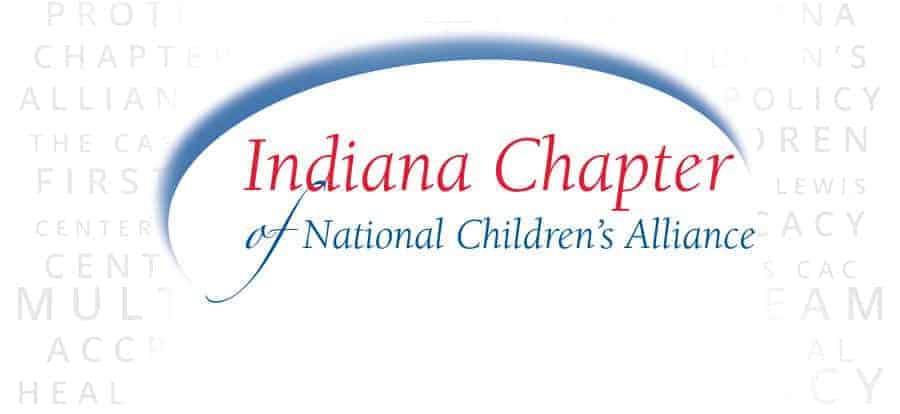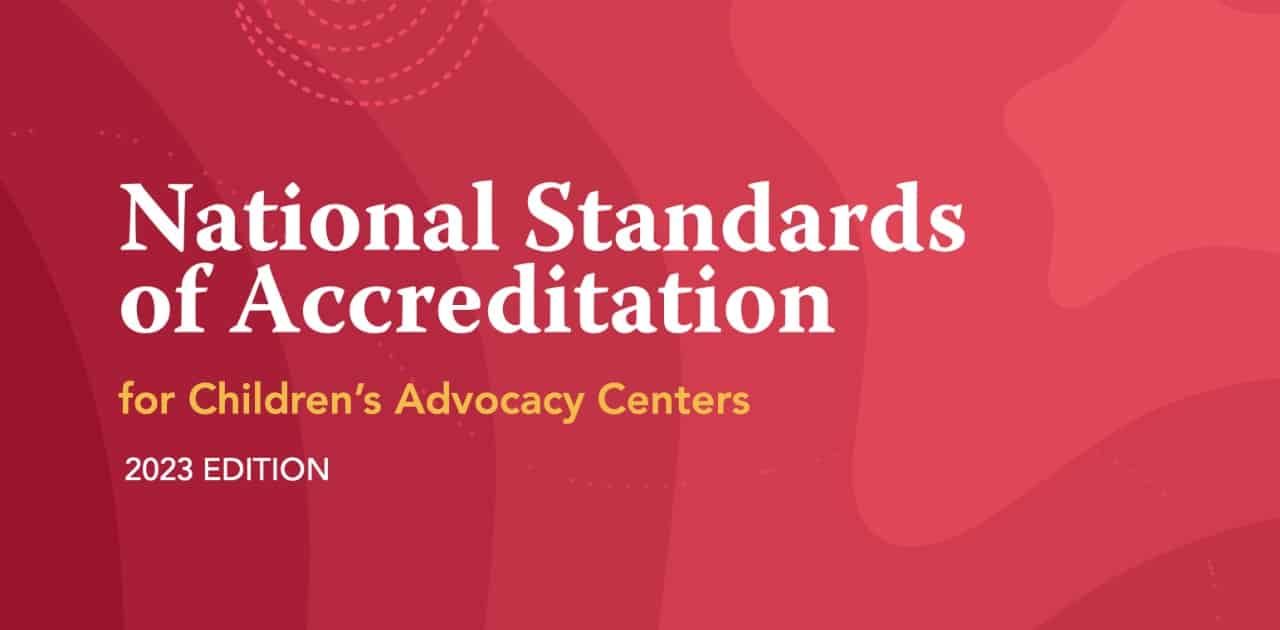The halls of business schools and research institutions are filled with stories about the creation of large enterprises. The formation of a new nation, the early days at a now hugely successful business behemoth, the turnaround story of a single person’s life or work all hold weight in American culture. All of these stories come from a single point of success: measurable standards you can actually do something with. These storied successes are a reminder that you can only live up to the standards you set for yourself and others.

Jan Dunn is one person who could talk all day about positive changes that happen inside Child Advocacy Centers when they become accredited facilities through the National Children’s Alliance’s standards. Dunn is the Director of Accreditation at the NCA and has been working with NCA in some capacity for 20 years, and before that worked in law enforcement. She’s seen an immense amount of change in her decades-long career in the way stakeholders ensure consistency and effectiveness of CACs across the nation.
“The first accreditation standards were made in 2000 with the intent to establish minimum standards for CACs. They weren’t really meant to be a best practice, but it was to ensure integrity of the CAC model and the response for children and families”, says Dunn. “We thought they were an important guide for planning and preparation for allegations of abuse that is evidence-based.” The NCA was established in 1987, originally as the National Network of CACs. In 1992 there were 20 members CACs of the NCA. In 2016 there are now over 850 member CACs, of which 665 are accredited.
Dunn’s work aligns with CACs and the accreditation process and is backed up by a lot of the research that’s been done surrounding CACs, child abuse and maltreatment, and how children and families heal. “I think we’ve coined five important benefits that give value from NCA standards. One, standards help kids better by adhering to evidence-based practices [in CACs]. Two, funding and support opportunities open up, particularly in state and federal funds. Three, the overarching benefit of belonging to a movement and availability of resources and peer training. Four, training and management resources. And fifth, advocacy resources, by providing CACs with basic know-how and being a voice in Washington and in state legislatures.”
CAC accreditation is no easy achievement. “NCA works to increase membership, but we have to recognize that to sustain professional levels we have to acknowledge some people have not yet achieved the standards…we’re as flexible as possible without compromising the fidelity of the accreditation process,” says Dunn. Part of the accreditation requirements, which are updated and revised approximately every five years to reflect new research and evidence, include ensuring access to mental health providers and doing research into community demographics. For example, CACs seeking accreditation and re-accreditation after five years must do demographic analysis on their community and formulate measurable, credible, plans to address under-served or unserved groups of people.
“What’s been demonstrated, even at the tiniest center serving just 25 kids a year, is that they still can meet all the standards at a minimum level. [The standards are] not designed to be resource heavy. It brings people together collaboratively to help children. There’s not a huge difference in cost between a tiny CAC and a big one, barring the organizational capacity and facility costs. There are many CACs who have just one part-time director, perhaps in a shared space location provided by other entities,” says Dunn. “Creativity and buy-in from community partners as well as appropriate resources” matters, she says.
Dunn continues, “We know CACs work as leanly as possible. But no matter how busy you are, you have to make a collaborative decision that accreditation is what you want to achieve. If the entire team doesn’t buy in to that idea that accreditation will increase services to children and families, then you might as well not climb that mountain. There has to be commitment to the process. If you believe that accreditation is going to help you give better services, to help children heal from trauma, to me even if that helps only one family, it’s worth it.”
Once a CAC decides to become accredited and begins the application of procuring requisite documentation and preparing to demonstrate the practices of their CAC, a site review is conducted by a two-person team of CAC peers. “The site review process was developed to use a team of CAC experienced peers to conduct the accreditation site reviews. Reviewers represent a wealth of experience in all the different CAC models and disciplines. They represent NCA and become the face of the review process and convey the validity and integrity of the standards and their purpose. Having peer reviewer’s representative of all the different CAC models (rural, urban, nonprofit, hospital, government) we can send people out to do reviews that understand how the standards may be applied within the model being reviewed.”
Although accreditation is an expense for CACs, Dunn argues, “Funding builds funding. The quality of accreditation is a foundation where CACs can start receiving support from the community, governments, and philanthropists. Even a small CAC meeting these standards builds credibility because you’re providing a level of service equal to that a child or family may experience in a community such as a CAC in Chicago or Atlanta.”
Dunn finishes, “If you put 100 CAC professionals in a room, 98 of them would agree these standards are the way to go. And the other 2 should probably figure out if that’s where they truly want to be.”
The NCA standards have recently completed an approximate five-year update and revision process. The revised standards become effective January 1, 2017, with all applications submitted from July 1, 2016 forward required to meet these revisions. View the revised 2017 standards [PDF].



